Oil paintings - why conservation?
 Oil paintings are at great risk from damage by water, fire, vandalism, central heating, damp storage, removal, auction and the normal ageing process.
Oil paintings are at great risk from damage by water, fire, vandalism, central heating, damp storage, removal, auction and the normal ageing process.
At his studio in Addlestone, Surrey, Guild of Master Craftsmen member Robert Mitchell uses modern global friendly conservation techniques to achieve some remarkable transformations on paintings from the 16th century to the present day.
All three phases are important - cleaning, conservation and restoration. Conservation is generally considered to be 80% of the overall work undertaken with cleaning and brush restoration 20%.
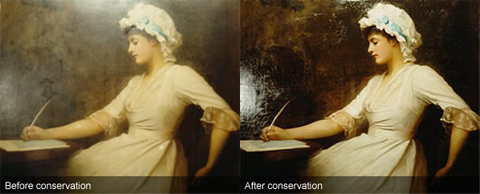
At the studio, Robert Mitchell estimates the age and origin of the painting to determine the type of canvas support required and the temperature under vacuum later in the process.
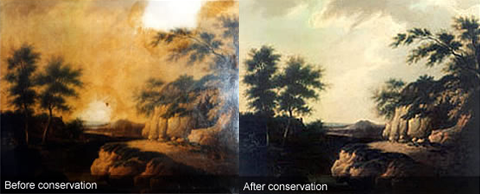
The modern system eliminates the massive shrinkage problem created by the old glue and iron liners and the low pressure low temperature process saves the surface and impasto which the glue and wax liners can sometimes destroy.
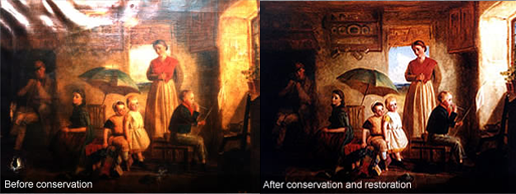
Cleaning off the old varnish, atmospheric pollution or over paint is the first job if the paint is not flaking from the canvas.
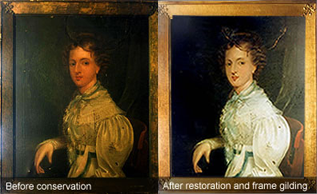
During conservation, matching canvas is cut into badly damaged paintings and stopper is used on small areas of damage.

After sealing the stopper, brush restoration and colour matching continues. When the restoration is dry a final varnish is applied.
Frame Restoration and Gilding
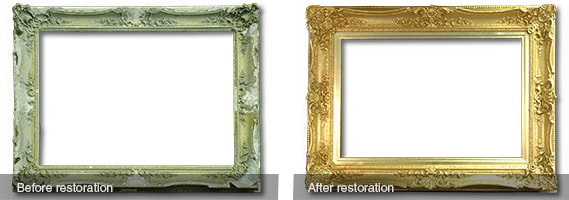
Works on paper restored and acid damage removed
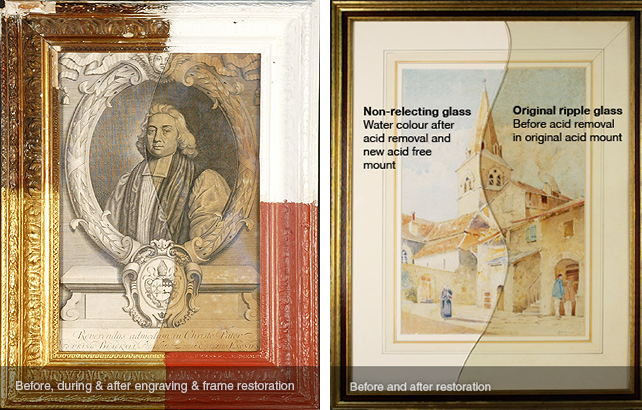
For further information visit www.artdoctor.co.uk
















